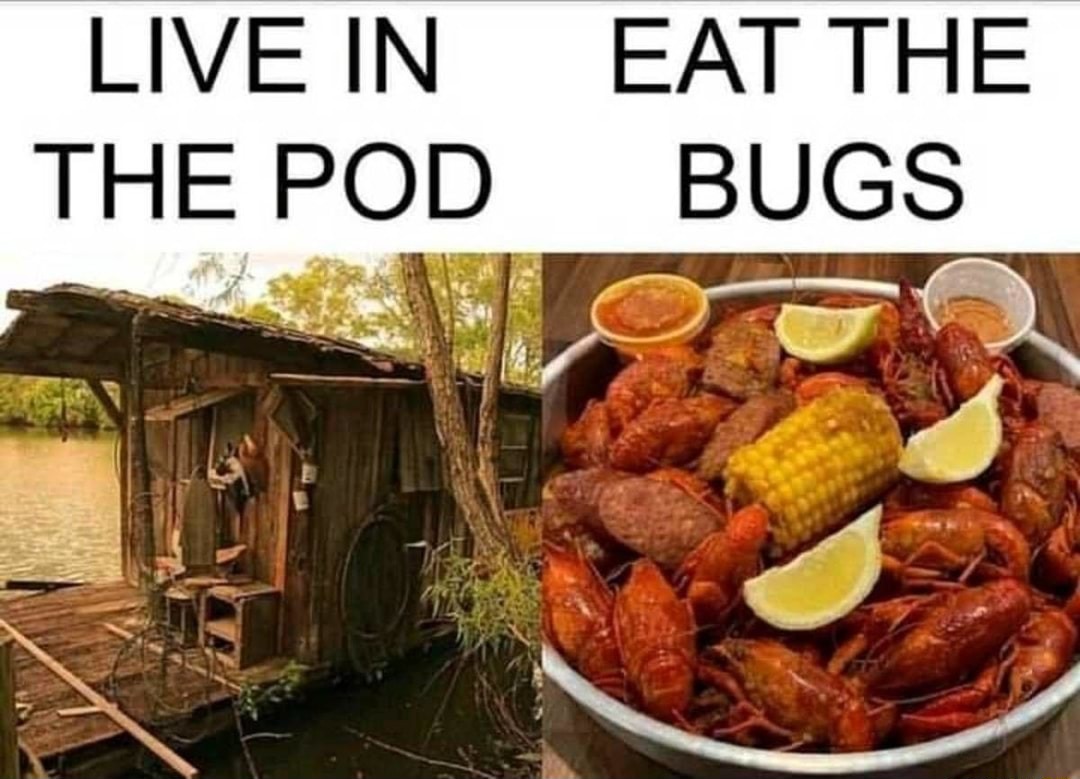5 Surprising Benefits of Eating Insect Protein
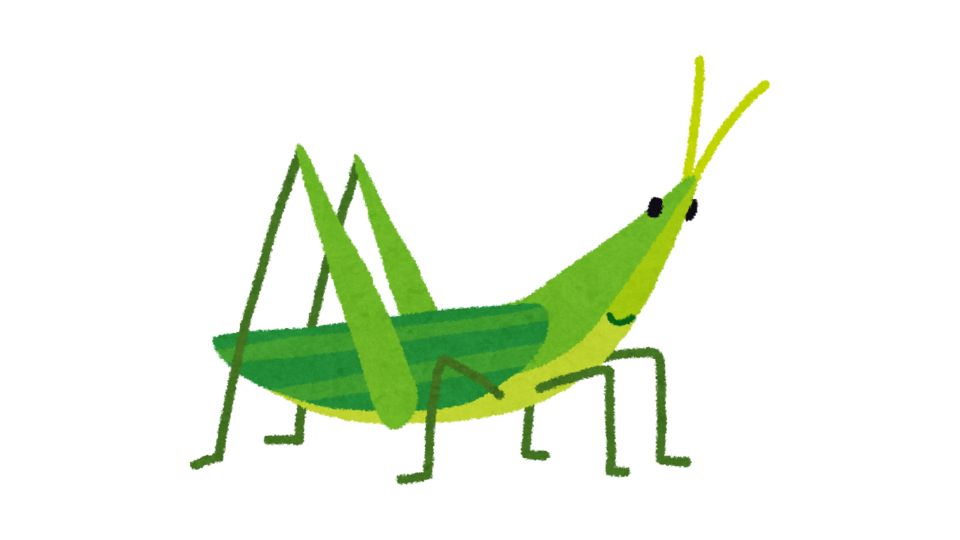
Let’s be honest, I’ve eaten exactly one insect in my life, and it was a chocolate-covered cricket that tasted mostly like chocolate.
But after researching this topic, I might be willing to give bug-eating another shot.
Why? Because it turns out that chomping on some crickets might be one of the most nutritious, environmentally-friendly food choices you could make.
And no, I’m not just trying to gross you out. (Well, maybe a little)
Why Eating Bugs Might Be The Future Of Protein
Ever seen those dystopian movies where people in the future eat weird protein bars made of insects? Turns out those filmmakers might have been onto something.
About 2 billion people worldwide already eat insects regularly. That’s more than 25% of the global population munching on bugs as a normal part of their diet!
Meanwhile, in Western countries, we’re like “eww gross” while happily eating bottom-feeding sea bugs (shrimp) dipped in butter. Make it make sense.
Let’s break down why insect protein deserves a second look, and maybe even a taste test.
The Nutritional Powerhouse You’ve Been Avoiding
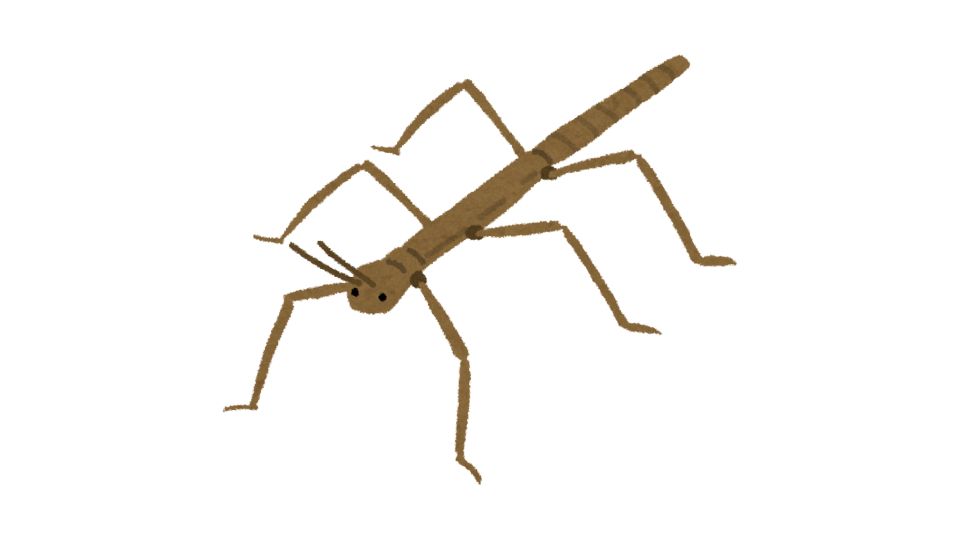
If someone told you there was a food source that:
- Contains more protein than beef
- Has all essential amino acids
- Provides tons of B vitamins and minerals
- Contains healthy fats
…you’d probably be interested, right?
Well, surprise! It’s bugs.
Protein content that puts steak to shame
Most edible insects contain between 35-60% protein by dry weight. Compare that to beef at around 26% protein.
House crickets specifically pack a punch with up to 69.1 grams of protein per 100 grams, making them one of the most protein-dense foods on the planet.
And unlike many plant proteins, insect protein is complete protein – containing all nine essential amino acids your body needs but can’t produce on its own.
Fat content that’s actually good for you
Unlike the saturated fats found in many meats, the fat in insects is predominantly unsaturated fat – the heart-healthy kind that doctors actually want you to eat.
The amount varies by species, but most edible insects contain beneficial omega-3 and omega-6 fatty acids that support brain and cardiovascular health.
Micronutrients that put supplements to shame
Insects are loaded with:
- Iron: Locusts contain more iron than beef
- Calcium: Some insects have more calcium than milk
- B vitamins: Including B12, which is rare outside of animal products
- Zinc: Essential for immune function and found abundantly in many bugs
For anyone following plant-based diets, insects could solve the common B12 deficiency problem while keeping meat consumption low.
Bugs vs. Beef: The Environmental Smackdown
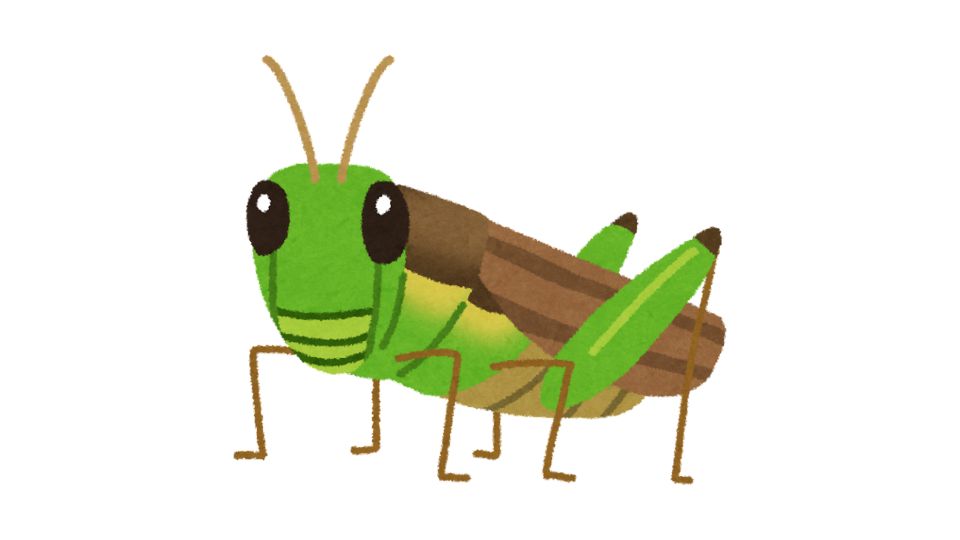
If the nutritional benefits haven’t convinced you yet, the environmental case for insect protein is even stronger.
They’re ridiculously efficient protein factories
To produce 1kg of beef requires about 25kg of feed.
To produce 1kg of cricket protein? Just 1.7kg of feed.
That’s not a typo. Insects are simply more efficient at converting food into protein than traditional livestock.
Water usage that California would love
It takes approximately 15,000 liters of water to produce 1kg of beef.
For the same amount of cricket protein? Around 2,500 liters.
In a world where water scarcity affects more than 40% of the global population, this is a big deal.
Space requirements that don’t require deforestation
Cattle farming is one of the leading causes of deforestation worldwide. Insects can be farmed vertically in small spaces, requiring up to 10x less land than traditional livestock.
And we haven’t even mentioned greenhouse gas emissions, where insects produce a fraction of what cattle do.
How To Actually Eat Bugs Without Freaking Out
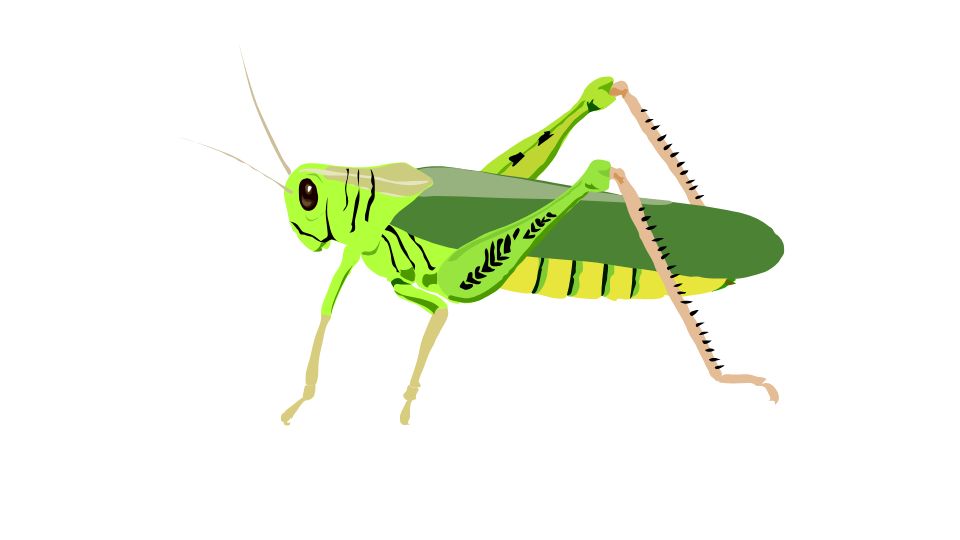
I get it. The idea of chomping down on a whole grasshopper might not be appealing. But there are ways to incorporate insect protein that don’t involve seeing bug eyes staring back at you.
Cricket flour: The gateway bug
Cricket flour (sometimes called cricket powder) is simply dried crickets ground into a fine powder. It has a mild, nutty taste and can be added to:
- Protein shakes
- Baked goods
- Energy bars
- Pancakes
You get all the nutritional benefits without the psychological hurdle of seeing the bugs.
Processed insect products
Companies are now making everything from insect pasta to bug burgers, all designed to look and taste like foods you’re already familiar with.
Start small
If you’re curious but hesitant, try products with small amounts of insect protein mixed with familiar ingredients. Many cricket protein bars taste just like regular protein bars, with chocolate and other flavors masking any unfamiliar tastes.
The Future of Bug Eating (Whether We Like It Or Not)
As global population continues to rise and environmental pressures increase, insect protein isn’t just a novelty – it might become a necessity.
Regulatory progress
The EU has already approved certain insect species for human consumption, and the FDA is working on regulatory frameworks for insect-based foods in the US.
Market growth
The edible insect market is projected to reach $9.6 billion by 2030, growing at almost 30% annually.
Changing perceptions
Remember when sushi was considered weird and gross in Western countries? Now it’s mainstream. The same transformation could happen with insect protein.
So, Are You Ready To Try Some Bugs?
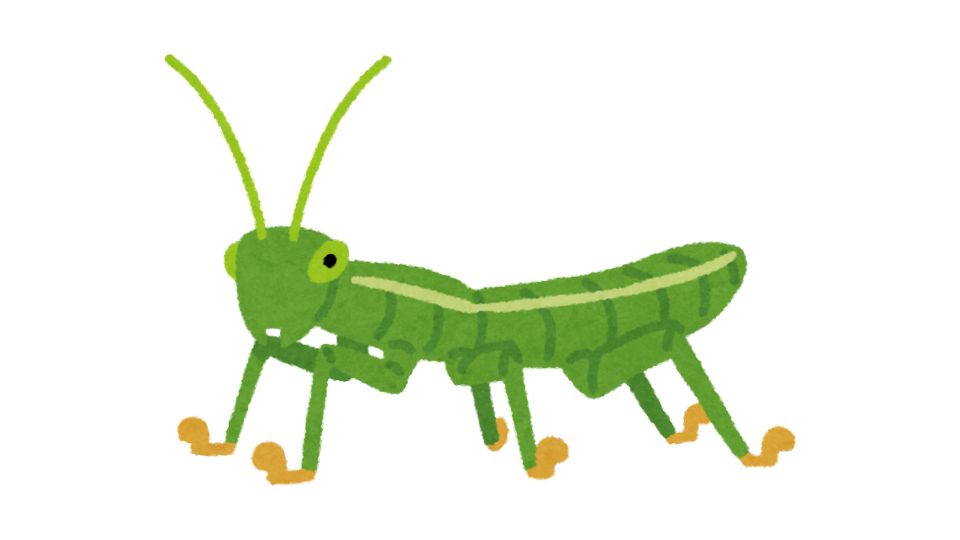
Let’s be real – most of us aren’t going to immediately start snacking on mealworms. But maybe we should be more open to the idea of incorporating some insect protein into our diets.
If you’re curious:
- Look for cricket protein bars online or in health food stores
- Try baking with cricket flour
- If you’re feeling adventurous, look for restaurants specializing in entomophagy
The worst that happens is you try something new and don’t like it. The best? You discover a sustainable, nutritious protein source that could help save the planet.
And you’ll have a great story to tell at dinner parties.
(Just maybe don’t bring cricket cookies to those dinner parties without warning people first. Trust me on this one.)

